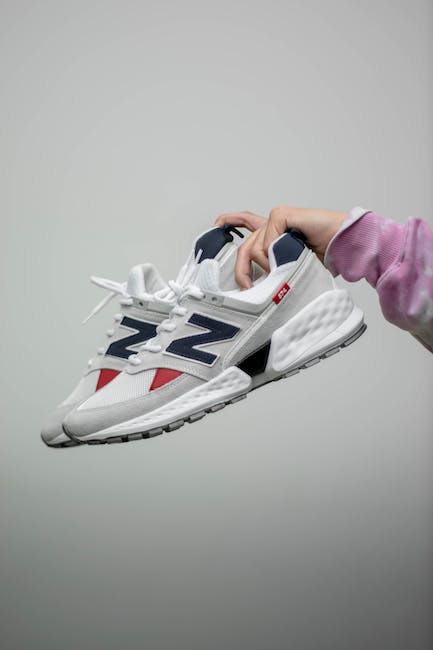
The Basics of How to Lace Your Shoes
Firstly, to understand how to tie tennis shoes effectively, you must understand the fundamental steps on how to lace your shoes. Begin by inserting one end of the lace through the bottom eyelets of your shoe, starting from the inside and working your way out. This should leave you with equal lengths of lace on either side of the shoe. Proceed then by making an ‘X’ pattern as you lace your shoes.
The importance of correctly lacing your shoes cannot be overstated. Proper lacing techniques dramatically influence not only the aesthetics of your shoes but also play a significant role in their comfort and performance, especially in athletic endeavors like tennis. Therefore, mastering the art of how to lace your shoes is a step in the right direction towards learning how to tie tennis shoes.
The Criss Cross Technique
The criss cross technique is one of the simplest lacing techniques and can do wonders in improving the logistics of how to tie your tennis shoes. Start by crossing your laces over each other and then weaving them through the next set of eyelets up. This creates a criss-cross pattern up the front of the shoes, thus the name of the technique.
This criss cross lacing method not only looks visually appealing but also secures your foot comfortably, adding an extra layer of stability that’s vital while running or playing sports like tennis. Simply put, if you want to learn how to tie tennis shoes, the criss cross technique is a great place to start.

The Importance of the Top Eyelet
Many people wonder about the function of the top eyelet on tennis shoes. The top eyelet has a crucial role in stabilizing your ankle and preventing unnecessary movement within the shoe. After you’ve mastered the criss cross technique, it’s time to learn how to use the top eyelet effectively.
By securely tying off the laces at the top eyelet, you can ensure a snug fit, reducing the risk of your shoes loosening during activity. When learning how to tie tennis shoes, this is a critical step in the process and can greatly improve the comfort and functionality of your tennis shoes.
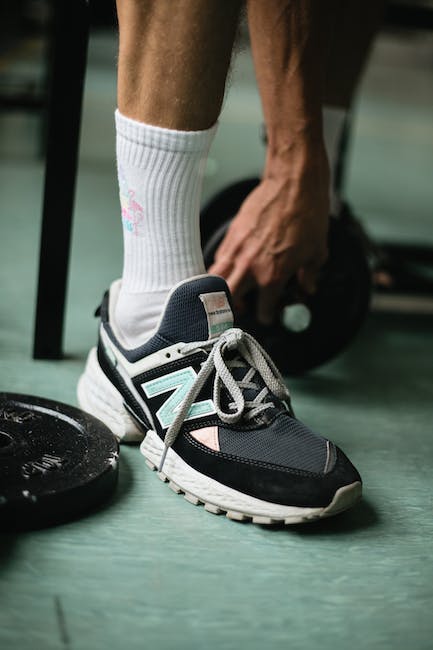
Different Lacing Techniques
This is where it gets interesting. There are countless lacing techniques to explore, each with its benefits, depending on your specific needs. From the diagonal technique, which increases comfort for wide feet, to the loop back method, that helps avoid lace bite, your options are virtually limitless.
To truly master how to tie tennis shoes, experimenting with different lacing techniques is necessary. Some methods might seem complex at first, but with a bit of practice, you’ll find the one that suits your needs the best and dramatically increases the effectiveness of your tennis shoes.
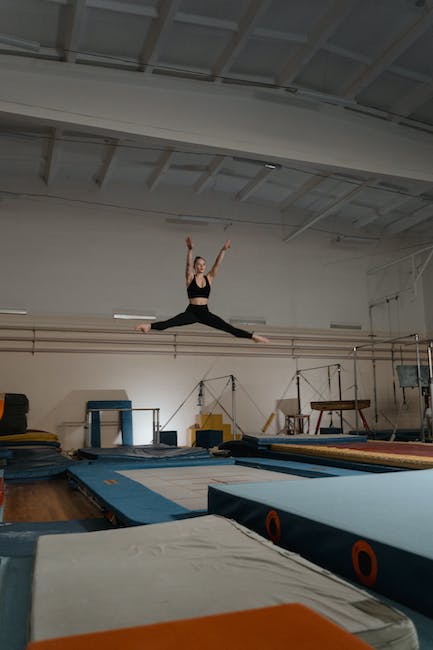
FAQs on How to Tie Tennis Shoes
Can the loop lacing lock replace using the top eyelet?
While the loop lacing lock does provide significant secure fit, it doesn’t entirely replace the use of the top eyelet. For the ultimate snug fit, it’s best to use both.
How do the lacing techniques affect the fit of tennis shoes?
Different lacing techniques provide varying levels of tightness and comfort. For instance, the straight lacing technique offers a looser fit, suitable for wider feet.
Is it necessary to learn more than one lacing technique?
While it’s not necessary, mastering different lacing techniques can significantly improve the comfort, fit, and effectiveness of your tennis shoes, catering to various footwear needs.
Which technique is best for high arches?
The gap lacing technique is generally recommended as it allows the removal of laces from specific areas, reducing pressure points.
How to properly use the top eyelet?
When you reach the top eyelet, make sure to insert the lace from the outside while tying off your tennis shoes. This provides a secure, snug fit.
Why is the criss cross technique so popular?
The criss cross technique is popular due to its ease of execution, visual appeal, and the comfortable, secure fit it provides.
How often should laces be replaced?
It’s recommended to replace your shoe laces every 6 months, or sooner if you notice any signs of wear and tear.
How long should my shoe laces be?
It depends on the number of eyelets on your tennis shoes. Each set of eyelets requires roughly 80cm of lace length.
Are all lacing patterns suitable for all types of tennis shoes?
Not all lacing patterns will work for all tennis shoes. It can depend on the specific design of the shoe, as well as the number and positioning of the eyelets.
What is the role of the top eyelet in tying tennis shoes?
The top eyelet stabilises the foot and ankle within the shoe, reducing unnecessary movement. This is especially crucial in tennis, where constant movements and changes in direction are part of the game.





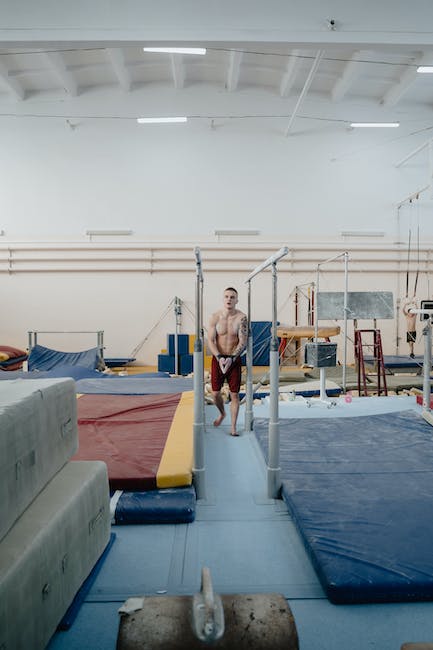
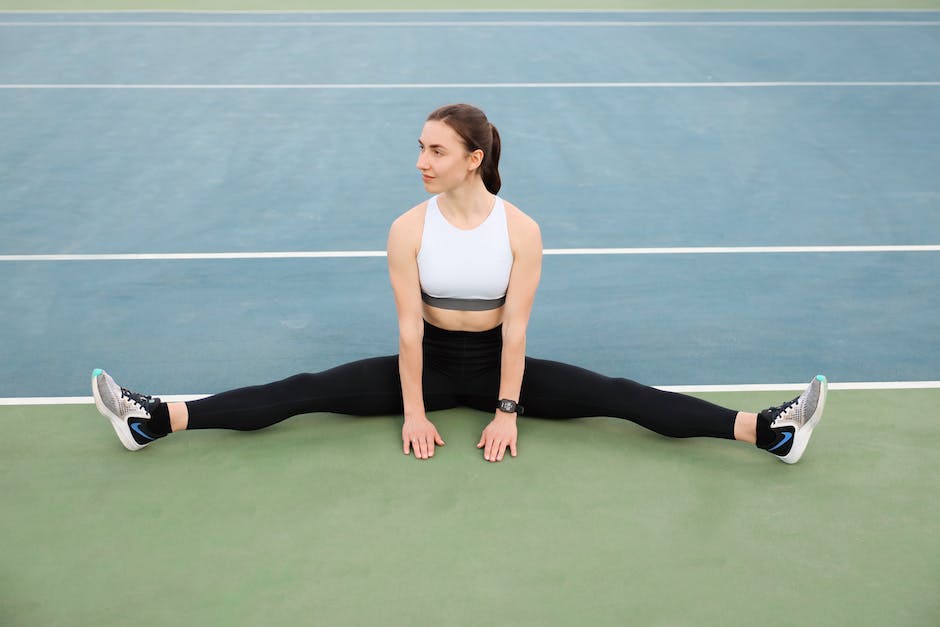
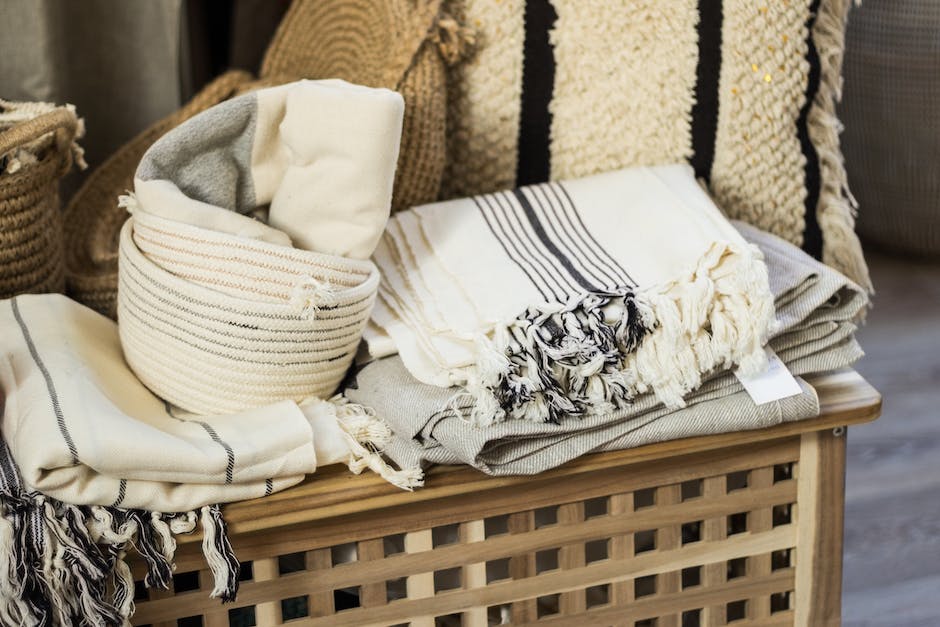
No Comment! Be the first one.